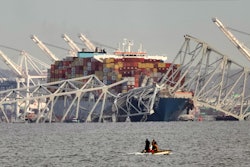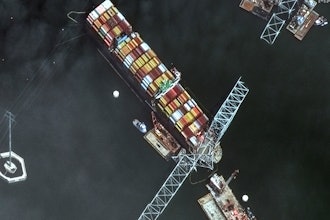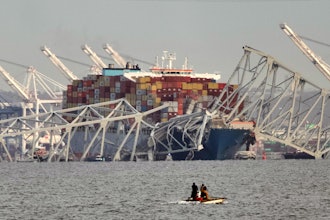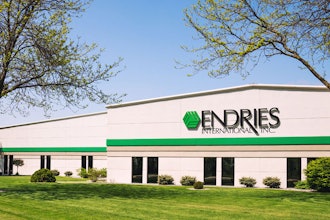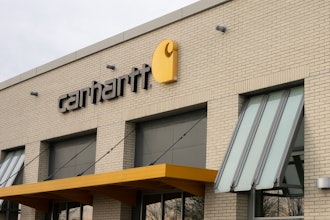Steady capital flow. mounting occupier and investor demand. Rising rents. All signs point to another banner year for logistics facilities in the world's prime logistics hubs. But will 2016 live up to last year's unprecedented market highs?
In 2015, global industrial and supply chain real estate soared, for corporate occupiers, developers and investors alike. This year, interest in warehouses, distribution centers and industrial space continues to boom across the globe — but demand is anticipated to become more moderate, according to JLL's Global Logistics Sentiment Survey of 650 logistics real estate experts around the world.
Taking the temperature of key markets throughout the Americas, EMEA and Asia Pacific, the report highlights current trends in industrial demand, supply, new construction and rental rates and pinpoints expectations for the near future. Findings are calculated according to the “balance of responses” approach common to sentiment surveys.
Five key expectations
While 2016 might not reach last year’s banner numbers for the industrial real estate industry, across the board, the outlook is still bright according to key indicators like occupier/investor demand and rent growth. Following are major takeaways from the survey:
- User demand for product expected to remain high, but slightly less than in 2015. Corporate occupier demand is expected to persist across all global regions, but the outlook is tempered by caution — this year's survey responses brought down the optimism score by 10 basis points over last year. While the Americas, EMEA and Asia Pacific responses revealed a net positive view of the last six months, expectations for the near future in Canada and the United States are slightly lower than they were last year. EMEA and Asia Pacific, by contrast, had higher positive expectations for 2016 than they did in 2015.
- The shortage of available product will continue, but the gap is shrinking. As in 2015, supply of available logistic stock for corporate occupiers remains limited. But, options are expected to be slightly less limited in the Americans and EMEA in the first half of 2016 than in the same time period last year, perhaps because of increased development of modern, efficient logistics space. A notable exception is in the Asia Pacific region, where availability is expected to ramp up in the first half of 2016.
- Rents will rise across most markets through this year — and are expected to peak in some locations. Net effective rents are currently growing in all primary regions. Looking six months ahead, Asia Pacific and EMEA are expected to experience the most growth.
Though market optimism is currently up significantly over last year in all three regions, roughly half of survey respondents said they expect rents in the Americas to top out later this year, in part because of slowing activity in Canada and Brazil. Globally, rent growth peaks are expected to continue through 2017, in turn supporting capital value growth.
- Investor demand is still high — but becoming more tempered. In 2014, demand for global logistics real estate was perceived as being extremely high, with a global positive balance of 74 percent for demand. In the last six months, however this figure has dropped to 56.7 percent, perhaps because some demand has been met. Indeed, investors made some significant transactions in 2015, leading to increasing cross-border volumes and major entity-level and M&A investment transactions. Currently, Americas investor demand is perceived as being stable, in contrast to reduced expectations of investor demand in EMEA and Asia Pacific. Survey respondents have lower expectations for the second half of 2016, with positive expectations down 22 basis points across the regions.
Looking ahead, global respondents overwhelmingly forecast that capital values will peak at some point in 2016, with all three regions showing 60 to 67 percent confidence that this peak will occur sometime in 2016.
- Industrial and logistics real estate values will rise, but with moderation. JLL’s 2014 sentiment survey showed that cap rates were falling in more markets than they were rising. The 2015 survey reveals that compression has continued across all three regions, particularly in EMEA. Rising rents and improving market fundamentals are expected to help drive value growth as we move forward.
Anticipating the curve in logistics real estate
Investor and occupier demand isn't likely to reach the unprecedented levels of 2015 — but signs still show a strong market through 2016. With advance insights into great expectations for market movement, great decisions can be made.
Craig Meyer is the President of Industrial Brokerage and Capital Markets, JLL Americas






